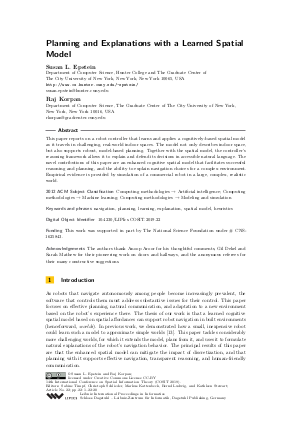LIPIcs.COSIT.2019.22.pdf
- Filesize: 3.98 MB
- 20 pages

 Creative Commons Attribution 3.0 Unported license
Creative Commons Attribution 3.0 Unported license













































Feedback for Dagstuhl Publishing